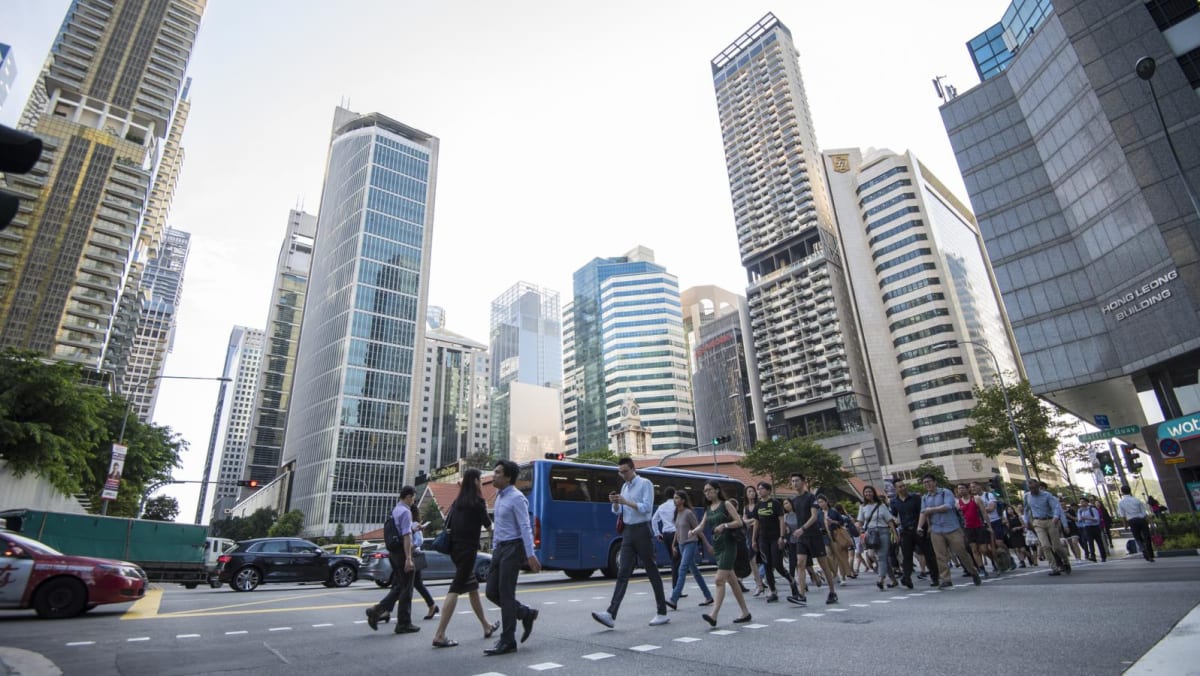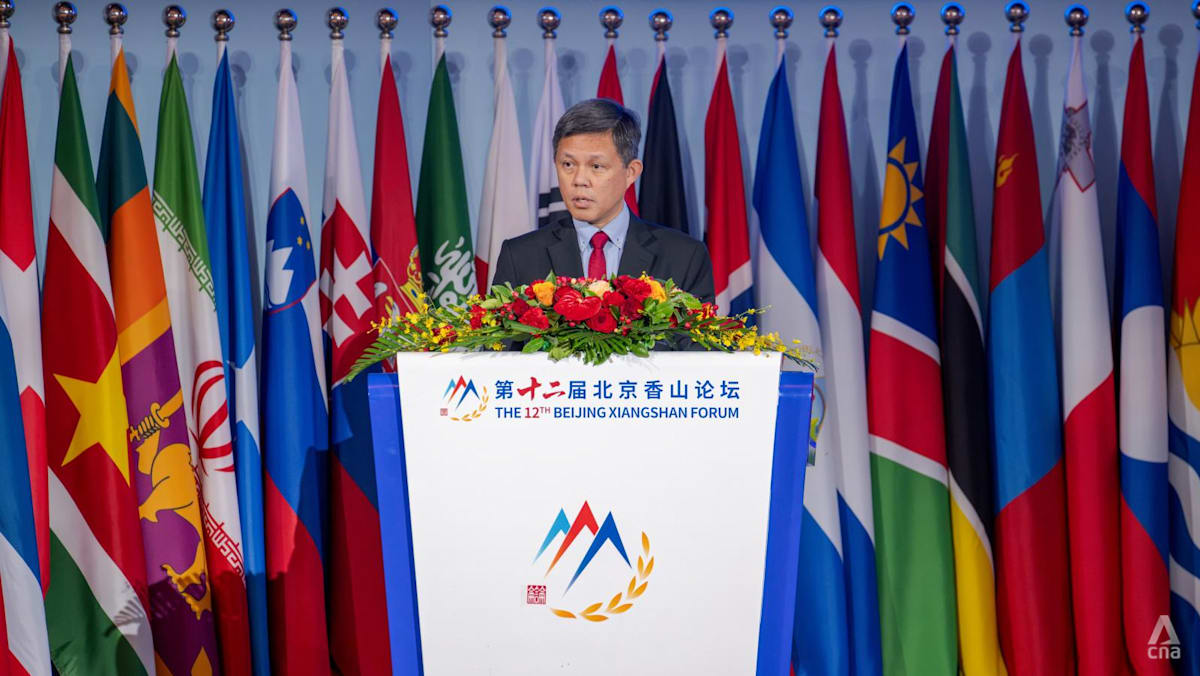SINGAPORE: Singapore’s total employment grew in the second quarter of 2025, supported by continued economic growth, the Ministry of Manpower (MOM) said on Wednesday (Jul 30).
Unemployment rates and retrenchments remained stable in the quarter, MOM said in an advance release of its quarterly labour force report.
However, signs of softening in resident employment continued to emerge in some outward-oriented sectors, such as professional services and information and communications, the ministry said.
Employment is expected to continue to grow, although at a more moderate pace than last year, MOM said.
“This reflects global economic headwinds and cautious hiring sentiments as well as the already high resident labour force participation rate.”
The Monetary Authority of Singapore (MAS) on Wednesday said that the gross domestic product (GDP) growth is projected to moderate in the second half of the year, and prospects for the Singapore economy remain subject to “significant uncertainty, especially in 2026”.
Earlier this month, the Ministry of Trade and Industry flagged “significant uncertainty and downside risks” in the global economy in the second half of the year, despite Singapore’s economy growing faster in the second quarter of 2025.
In April, MTI lowered Singapore’s GDP growth forecast for 2025 to 0 per cent to 2 per cent, pointing to the effect of US President Donald Trump’s tariffs. The ministry previously had a forecast of 1 per cent to 3 per cent growth for the year.
EMPLOYMENT GROWTH
Total employment, excluding migrant domestic workers, grew by 8,400 in Q2 2025. This was higher than the growth of 2,300 observed in the last quarter, and also more than the growth of 7,700 seen in the last quarter of 2024.
“This reflects larger gains in both resident and non-resident employment compared to the previous quarter,” MOM said.
The rise in employment, however, is lower than the growth of 11,300 observed in the same period a year ago.
Resident employment continued to rise in sectors such as financial services as well as health and social services. However, resident employment saw continued declines in some outward-oriented sectors such as professional services as well as information and communications.
Non-resident employment also grew and was driven entirely by work permit holders, particularly in the construction sector.
Unemployment rates rose slightly in June and returned to levels seen in March after dipping slightly in April and May.
Resident unemployment was seen at 2.9 per cent in June, while citizen unemployment stood at 3 per cent.
Although unemployment rates have seen short-term fluctuations, they remained broadly stable and within the non-recessionary range, MOM said.
The number of retrenchments also remained stable at 3,500 in the second quarter of 2025, with similar or lower levels across most sectors, MOM said. This compares to 3,590 retrenchments in the first quarter of this year.
The incidence of retrenchment remained low at 1.4 per 1,000 employees, up slightly from 1.3 in the previous quarter.
“Business reorganisation or restructuring continued to be the top reason cited for retrenchments,” MOM said.













